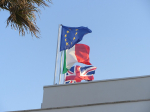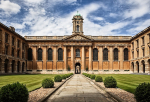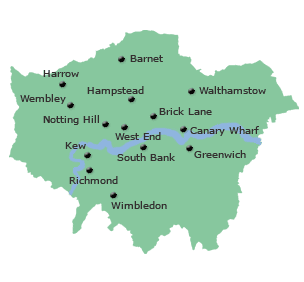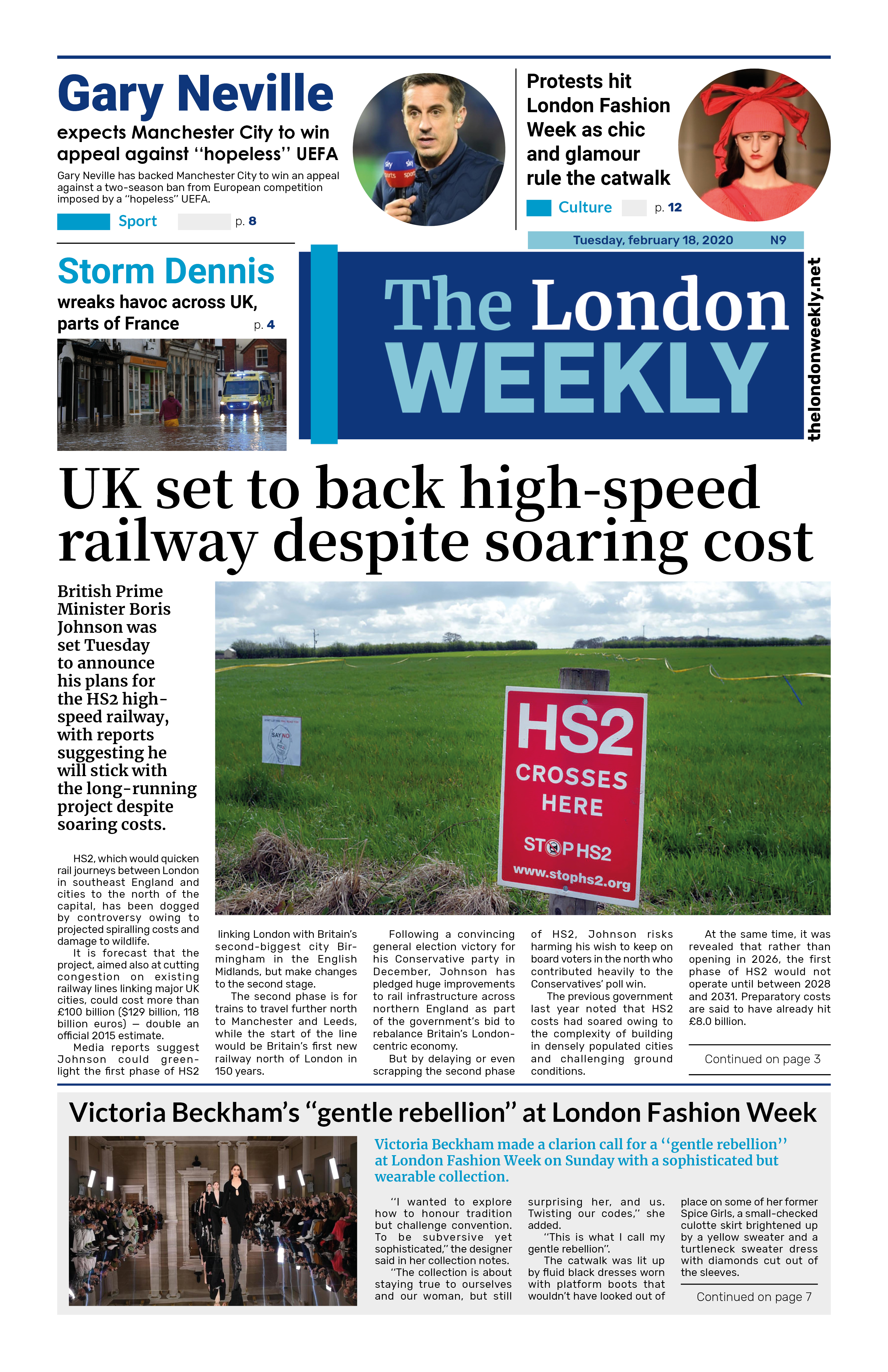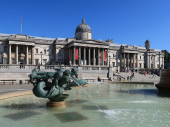
Inflation in the UK unexpectedly held steady last month, offering a bit of good news for both the government and the Bank of England as they face growing pressure over living costs and
economic growth.
According to new figures from the Office for National Statistics (ONS), annual consumer price inflation stayed at 3.8% in September, marking the third month in a row at that level. That’s still the highest rate among major advanced economies — but it didn’t rise as many had expected.
Economists, including those surveyed by Reuters, had predicted inflation would edge up to 4.0%. The key services sector also remained flat at 4.7%, slightly below forecasts.
A boost for Reeves ahead of the budget
The figures come as a relief for Chancellor Rachel Reeves, who’s preparing her first major budget statement for November 26. While inflation remains well above the Bank of England’s 2% target, the pause in its rise eases some of the political and financial pressure on her team.
Reeves said she wasn’t satisfied with the numbers but promised to act.
“For too long, our economy has felt stuck, with people feeling like they’re putting in more and getting less out,” she said. “That needs to change. We’ll do our part to support the Bank of England and help people struggling with higher bills.”
Analysts expect Reeves will have to raise some taxes in her budget to manage government debt and spending — though some warn that could put upward pressure on inflation next year.
Markets react
The pound slipped slightly against the U.S. dollar following the announcement, as investors moved to price in an earlier interest rate cut from the Bank of England, possibly as soon as February.
Luke Bartholomew, deputy chief economist at investment firm Aberdeen, said the data was a welcome surprise.
“The UK’s inflation problem looks a bit less severe than it did a few weeks ago,” he said.
Challenges ahead
Despite the small reprieve, inflation continues to weigh heavily on the government’s finances. High prices mean higher debt servicing costs, while demands for public spending — from healthcare to housing — continue to grow.
The International Monetary Fund (IMF) recently warned that Britain is likely to have the highest inflation rate among the G7 economies in both 2025 and 2026, making the Bank of England’s job of cutting rates more complicated.
The central bank still expects inflation to gradually ease over the next two years, but it doesn’t expect to reach its 2% target until mid-2027.
Wednesday’s ONS report showed that rising transport costs kept overall inflation elevated, while prices for recreation, culture, and food helped pull it slightly downward.











